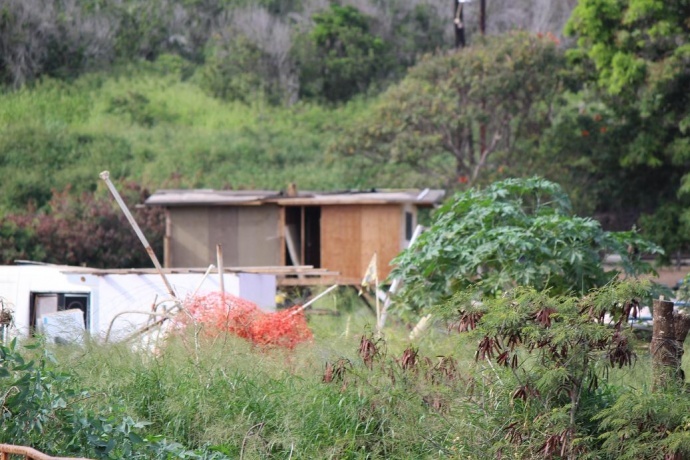Data Book: One in Eight Children in Hawai‘i Live in Poverty
By Maui Now Staff
A new study finds that one in eight children in Hawaiʻi live in poverty. The 2015 Kids Count Data Book, released by the Annie E Casey Foundation, finds that more than 40,000 kids in Hawaiʻi live in poverty, a worsening trend since 2008 when the country was in the midst of the recession.
The report states that despite economic improvement, many families did not recover since the recession and still struggle to provide for basic living expenses.
The 2015 Data Book ranked Hawaiʻi 24th overall, up one spot from the 25th ranking reported in 2014.
The book focused on key trends as factors in the well-being of a child, and presented data on 16 measures in areas including: economic well-being, education, health, and family & community.
“Despite small improvements in recent years, the data reported in this year’s Data Book show that, overall, the economic conditions of our children are worse now than they were in 2008, indicating that many families did not recover once the economy started improving,” said Ivette Rodriguez Stern, the Hawai‘i KIDS COUNT project director with the University of Hawaiʻi – Center on the Family. In a press release announcement, Stern said, “We have more children in poverty now, more children living in high-poverty neighborhoods, and we still have over a quarter of our children living in families where parents lack secure employment.”
Three of the four economic conditions worsened over the period examined from 2008 to 2013 including: children living in poverty, children whose parents lack secure employment, and teens not in schools and not working. The share of children living in households with a high housing burden, where more than 30% of the household income is spent on housing, has improved, decreasing from 47% in 2008 to 43% in 2013; however, Hawai‘i has among the worst high housing burden rates in the nation, ranking 46 out of the 50 states on this indicator, according to the report.
The child poverty rate in Maui County was last listed at 13.8% in 2013, up from the 13.4% rate reported in 2009. According to the 2013 numbers compiled by the organization, Maui’s rate was higher than Honolulu’s 12.2% rate; but lower than the 15.6% rate in Kauaʻi County and the 25.8% rate in Hawaiʻi County in 2013.
“The high cost of living in Hawai‘i amplifies the hardship that many of our low-income and poor families face as they provide for their children’s day-to-day needs,” said Dr. Marianne Berry, director of the Center on the Family in the announcement. “Research shows that growing up in poor and low-income households can have long-lasting effects, impacting a child’s learning, health, and earning potential as an adult. The good news is that when we invest in the right strategies and policies, we can make a difference for kids.”
Other Hawai‘i highlights from the report include the following:
- There have been some gains in the education domain with steady improvements in reading and math proficiency rates and in the on-time high school graduation rate during the period examined; however, there has been a small but statistically significant increase in the percentage of children not attending preschool, and Hawai‘i continues to rank near the bottom third in the education domain.
- The health conditions measured – percent of low-birthweight babies, children without health insurance, the child and teen death rate, and percent of teens who abuse substances – have remained somewhat stable, showing little to no change over the period examined. Hawai‘i has among the smallest share of children without health insurance, ranking 2nd in the nation on this indicator.
- Hawai‘i is doing well in the area of family and community well-being, ranking 11th out of 50 states. Two indicators – children in families where the household head lacks a high school diploma and the teen birth rate – showed improvement during the period examined; however, despite the state’s rank in this domain, there has been a small but statistically significant increase in the share of children living in high-poverty neighborhoods (i.e., where 30% or more of the residents are poor) going from 4% to 6% during the period examined.
The Casey Foundation offers a number of recommendations to make good on the American promise of opportunity for all children. The Foundation also promotes a two-generation strategy that is aimed at simultaneously addressing the needs of children directly while providing tools and resources to their parents.











